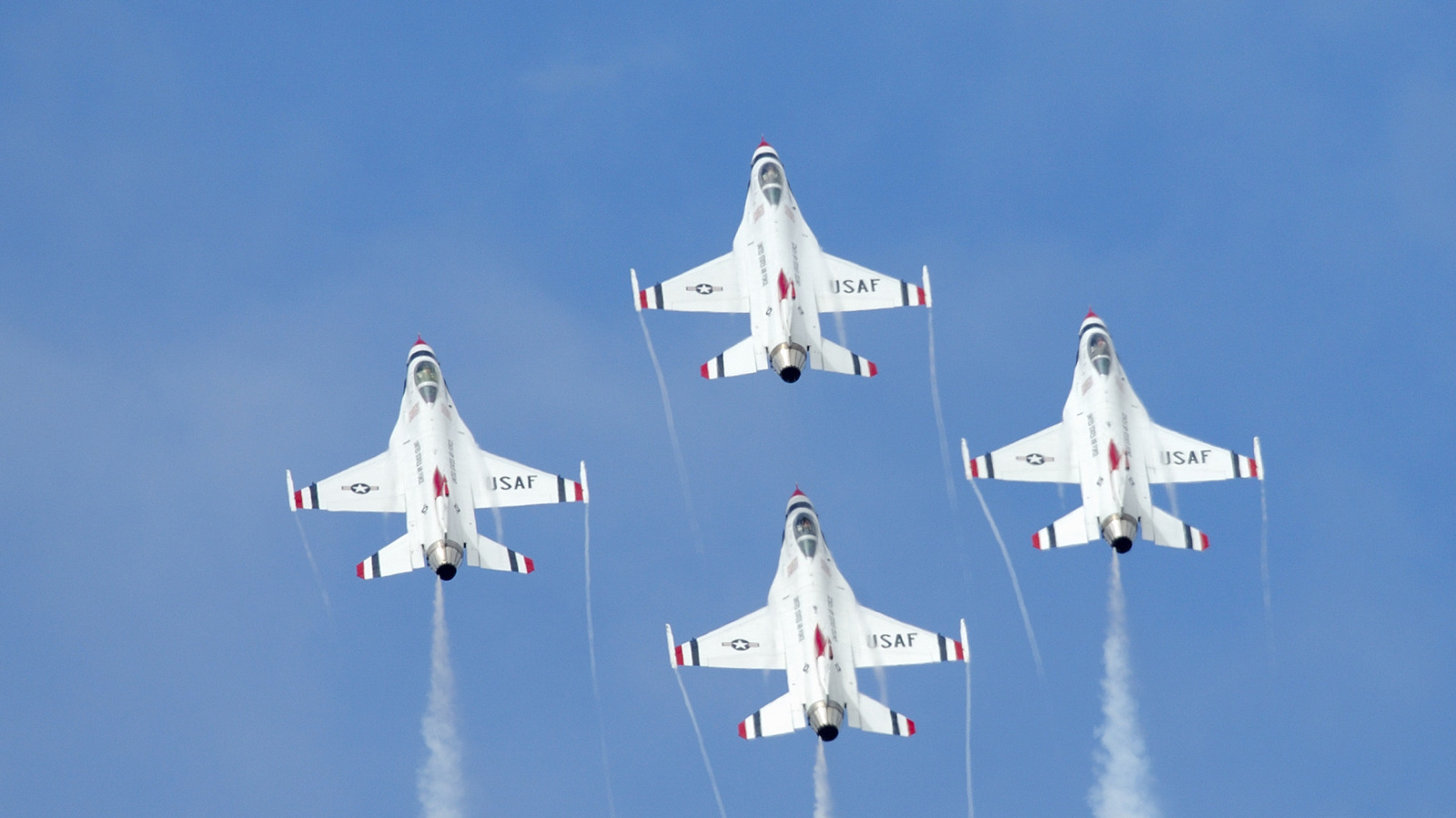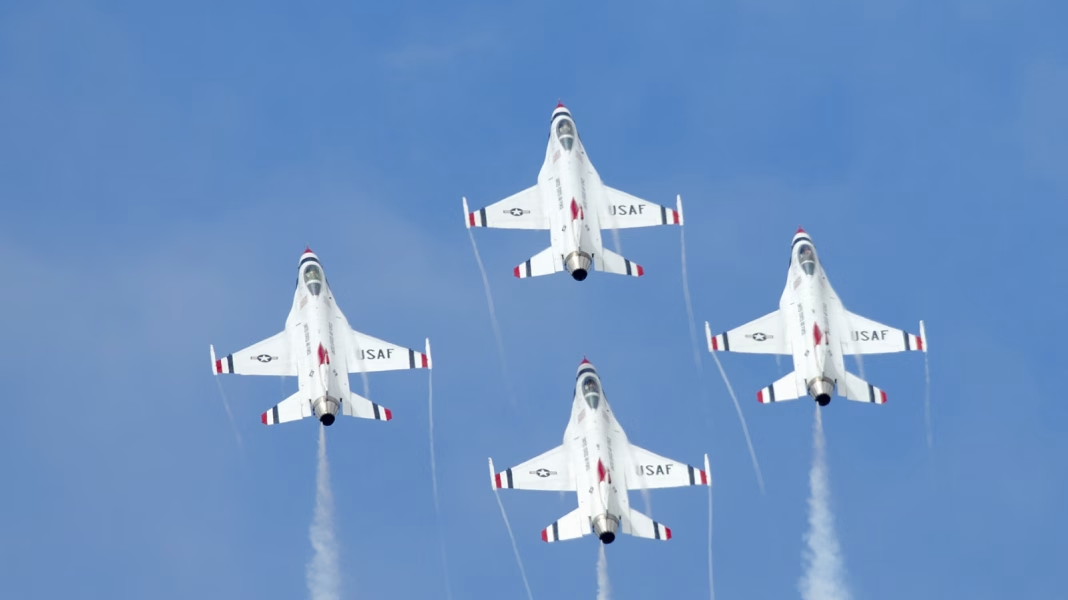Why Are Russian Aircraft Near Alaskan Airspace So Often?
If you’ve ever caught a headline about Russian planes skirting the edges of Alaskan airspace, you might have wondered: Is this normal? Is it something to worry about? The short answer, according to NORAD (the North American Aerospace Defense Command), is that these flights are routine. Russian military aircraft regularly enter the Alaskan Air Defense Identification Zone (ADIZ), a buffer area extending beyond U.S. territorial airspace. This isn’t new, and it’s not considered a direct threat.
But why does it happen? The ADIZ is a kind of early warning perimeter. Countries like the U.S. and Russia use these zones to monitor who’s approaching their airspace. Russian aircraft, often long-range bombers or reconnaissance planes, fly into the Alaskan ADIZ to test response times, gather intelligence, and remind the world they’re still a major military player. It’s a bit like a neighbor walking past your house every day—noticeable, but not necessarily hostile.
How Does NORAD Respond When Russian Planes Approach?
When Russian aircraft enter the ADIZ, NORAD springs into action. U.S. and Canadian fighter jets are scrambled to intercept and visually identify the planes. This isn’t a Hollywood-style dogfight. Instead, it’s a carefully choreographed routine: the jets fly alongside the Russian aircraft, confirm their identity, and ensure they don’t stray into actual U.S. airspace. Communication is professional, and both sides know the rules.
According to NORAD, these intercepts happen several times a year. In 2023 alone, NORAD reported over a dozen such encounters. The process is so well-rehearsed that pilots on both sides often recognize each other’s tactics and even specific aircraft. It’s a high-stakes version of “we see you, you see us”—a mutual show of presence rather than aggression.
Should Americans Be Concerned About These Incidents?
It’s natural to feel uneasy hearing about foreign military planes near U.S. territory. But experts and officials consistently emphasize that these flights are not a sign of imminent conflict. The key point: Russian aircraft almost never enter U.S. sovereign airspace. They stick to the ADIZ, which is international airspace, and follow predictable patterns.
Military analysts point out that both the U.S. and Russia conduct similar operations near each other’s borders. It’s part of a decades-old game of cat and mouse, designed to gather intelligence and test each other’s readiness. The important thing is that the system works—NORAD detects, intercepts, and monitors these flights without escalation.
What’s the Bigger Picture Behind These Encounters?
These regular intercepts are part of a broader pattern of military signaling between major powers. Russia wants to demonstrate its global reach and test U.S. defenses. The U.S., in turn, showcases its ability to respond quickly and professionally. Both sides collect valuable data, but they’re also sending messages to each other—and to the world.
Recent years have seen a slight uptick in these encounters, likely reflecting increased tensions over issues like Ukraine and Arctic resources. However, the basic script hasn’t changed. As Dr. Heather Conley, president of the German Marshall Fund, noted in a 2023 interview, these flights are “a reminder of the enduring nature of great power competition, but not a prelude to conflict.”
How Do These Intercepts Affect U.S.-Russia Relations?
While these encounters can sometimes make headlines, they rarely lead to diplomatic crises. Both countries understand the rules of engagement and have established communication channels to prevent misunderstandings. The professionalism of the pilots and the transparency of the process help keep tensions in check.
That said, there’s always a risk of miscalculation. A mechanical failure or a misinterpreted maneuver could escalate a routine intercept into something more serious. That’s why both sides invest heavily in training and communication. The goal is to keep these encounters predictable and safe.
What Can We Learn From NORAD’s Approach?
The way NORAD handles these situations offers a lesson in measured response. Instead of overreacting or downplaying the incidents, officials provide clear, factual updates and emphasize the routine nature of the flights. This transparency helps build public trust and prevents unnecessary panic.
For everyday Americans, the takeaway is simple: vigilance is important, but so is perspective. The system is designed to detect and deter real threats, not to overreact to routine military posturing. As long as NORAD continues to do its job, these encounters remain a reminder of the world’s complexities—not a cause for alarm.
The big takeaway? Navigating international airspace isn’t about perfection—it’s about smarter adjustments. Start with one change this week: stay informed, but don’t let headlines drive your anxiety. You’ll likely spot the difference in your peace of mind by month’s end.


